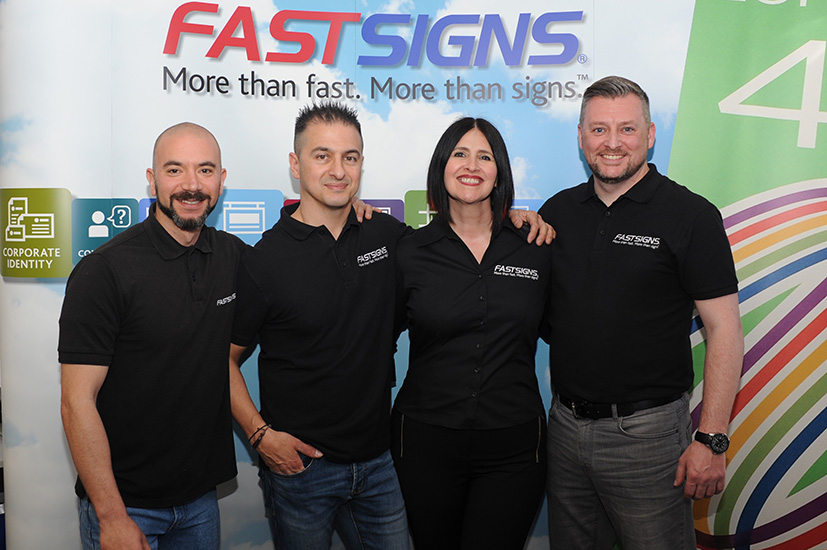
There are many classes of shares, but perhaps the least understood are growth shares.
At their most basic, growth shares are a separate class of incentive share that entitles members of staff to benefit in the future growth of a business from the date of issue. Usefully, they can also be used to incentivise individuals who are not employees in a business, such as consultants or non-executive directors.
The key difference between growth shares and other incentive shares is that the recipient only benefits in the future growth in value of a business beyond a set hurdle level rather than in the business value as a whole. Growth shares are flexible, tailored, and can be set up as part of a tax efficient EMI scheme.
Growth shares are perhaps best illustrated in the (fictitious) example of TopTech Ltd. TopTech was established by Matt and Fiona 10 years ago and now has a turnover of £5m. The business is projected to continue to grow further with Matt and Fiona looking to hire a number of senior people. Its owners believe they will exit the business in eight to 10 years’ time via a sale to one of the global tech giants.
TopTech is not in a position to pay top of the salary range for these new appointments, wishing to match salaries of existing staff. Matt and Fiona also wish to ring fence the value they have created in the business today.
Growth shares, they believe, will give them the flexibility for new and existing members of staff to benefit from that future growth and exit without devaluing their hard work over the previous decade. An added benefit compared to ordinary shares is any tax due by the employee on the receipt of growth shares would be lower than ordinary shares, as the growth shares would be worth less on receipt due to the ‘freezer value'.
Before a business issues growth shares it will need to establish what is called a ‘freezer value’. This freezer value is a level at which the company must grow beyond before employees are entitled to receive the value of their share. The current value of the business is often key in determining this value.
Valuing a business with a view to issuing growth shares is a very different exercise than, for example, valuing a business for sale. The business valuation is based around a hypothetical transaction between a willing seller and buyer. The valuation needs to be tax efficient whilst also recognising the true value and hard work that the current shareholders have provided to the business.
The valuation of growth shares also needs to be calculated which is complex, having to examine the probability of predicted growth. This can be particularly challenging where forecasts are aspirational or not available. We at Kreston Reeves have developed a set of modelling tools to value growth shares that satisfy HMRC’s requirements where necessary (in the case of approved schemes).
Growth shares and EMI schemes
Where EMI options (or other approved schemes) are issued over growth shares the value needs to be agreed with HMRC. Businesses are often tempted to value growth shares on issue with no value at all, believing the value comes only as the business grows. HMRC is likely to challenge any business that attempts to value growth shares at nil.
Growth shares are an increasingly popular and effective way for businesses to incentivise and retain staff enabling them to benefit financially from future growth in a tax efficient way whilst protecting the efforts and value that business owners have already invested. They can be set up tax efficiently so there are no tax consequences for the current shareholders. Careful planning and preparation are key to keeping HMRC onside.
The tax and valuation teams at Kreston Reeves work together to assist you with tailored tax efficient schemes. The teams have helped businesses across Kent, Sussex and London introduce growth share schemes and keep businesses growing.
For more information please contact Sam Jones or Richard Heasman on +44 (0)330 124 1399.





